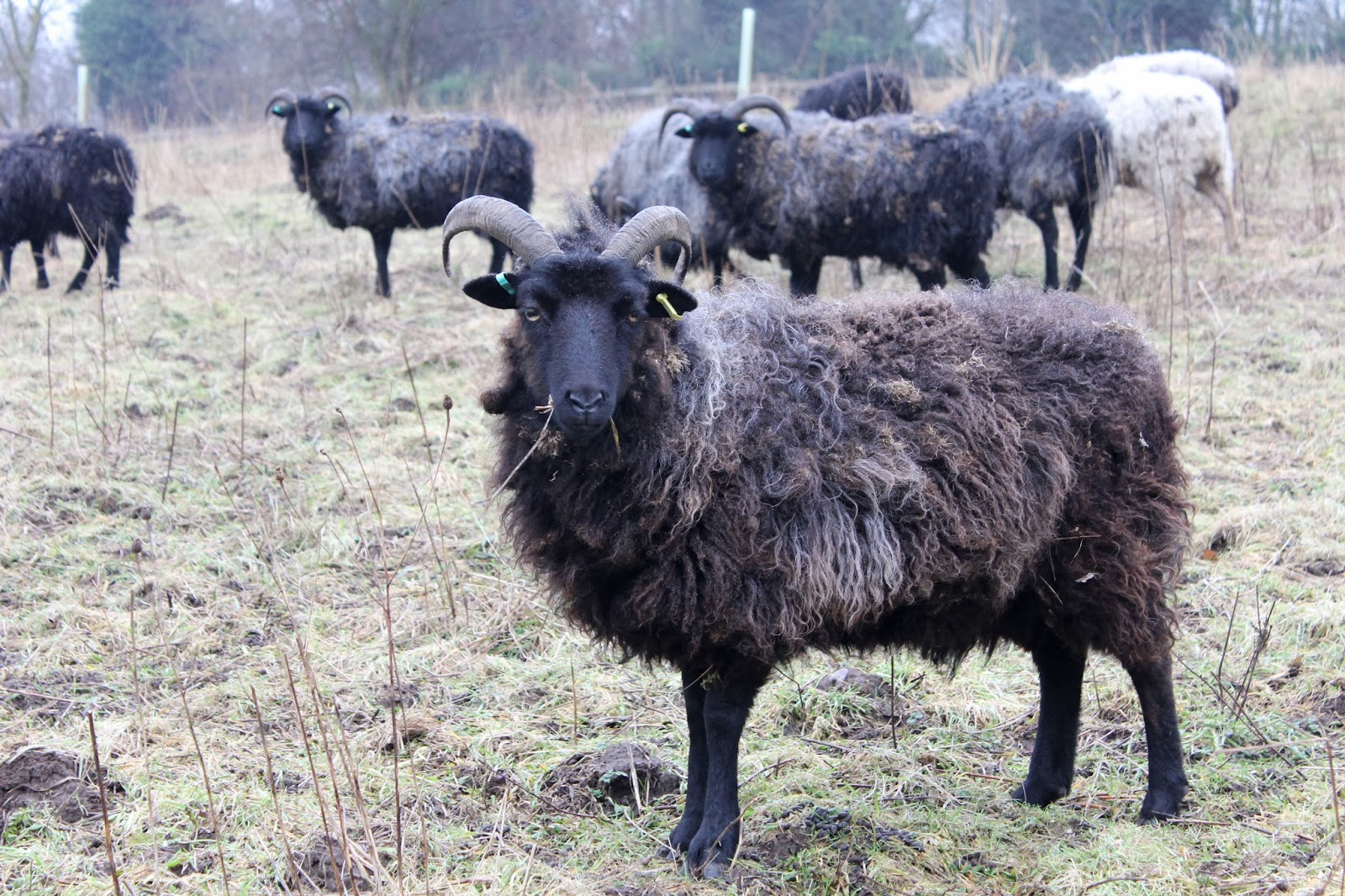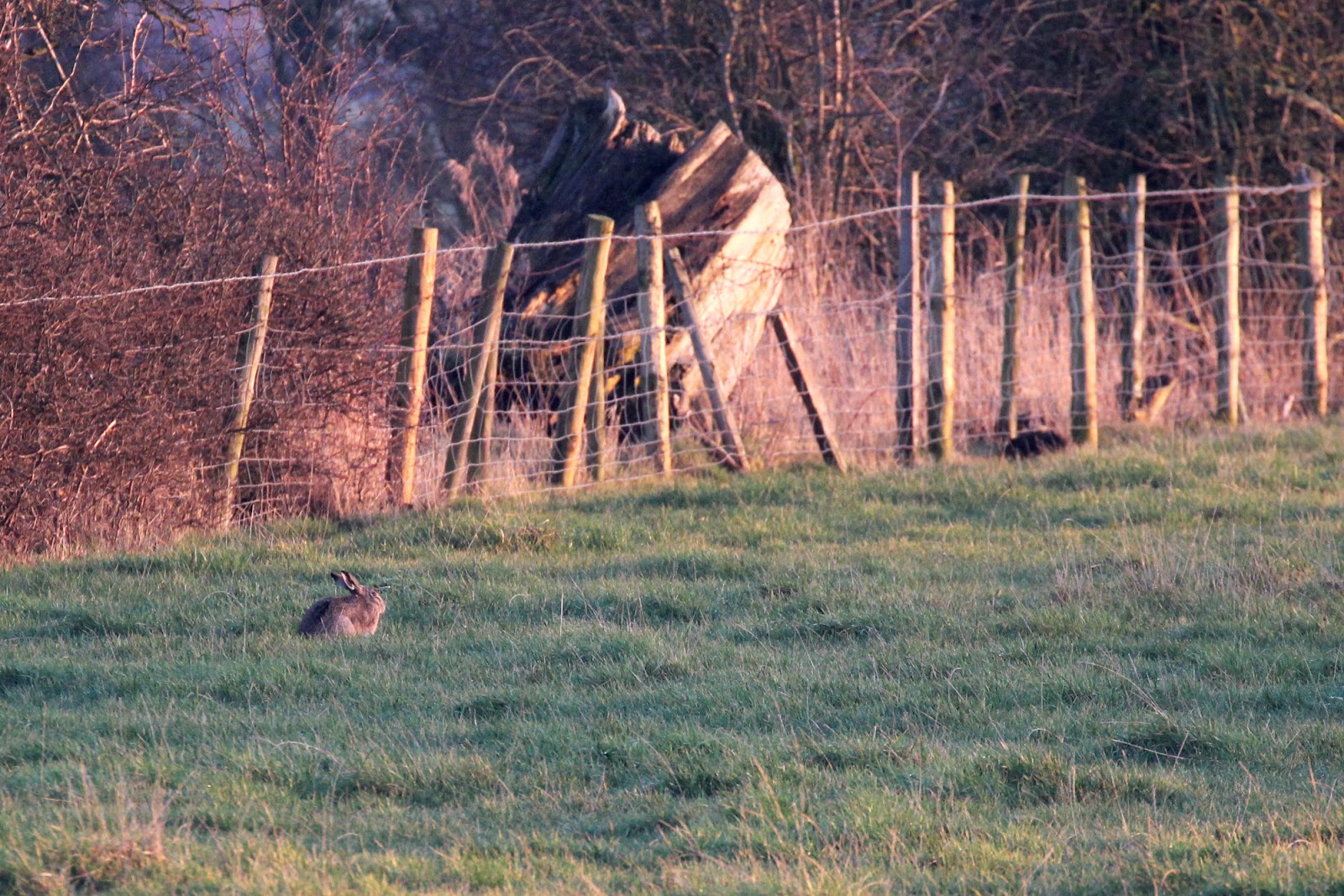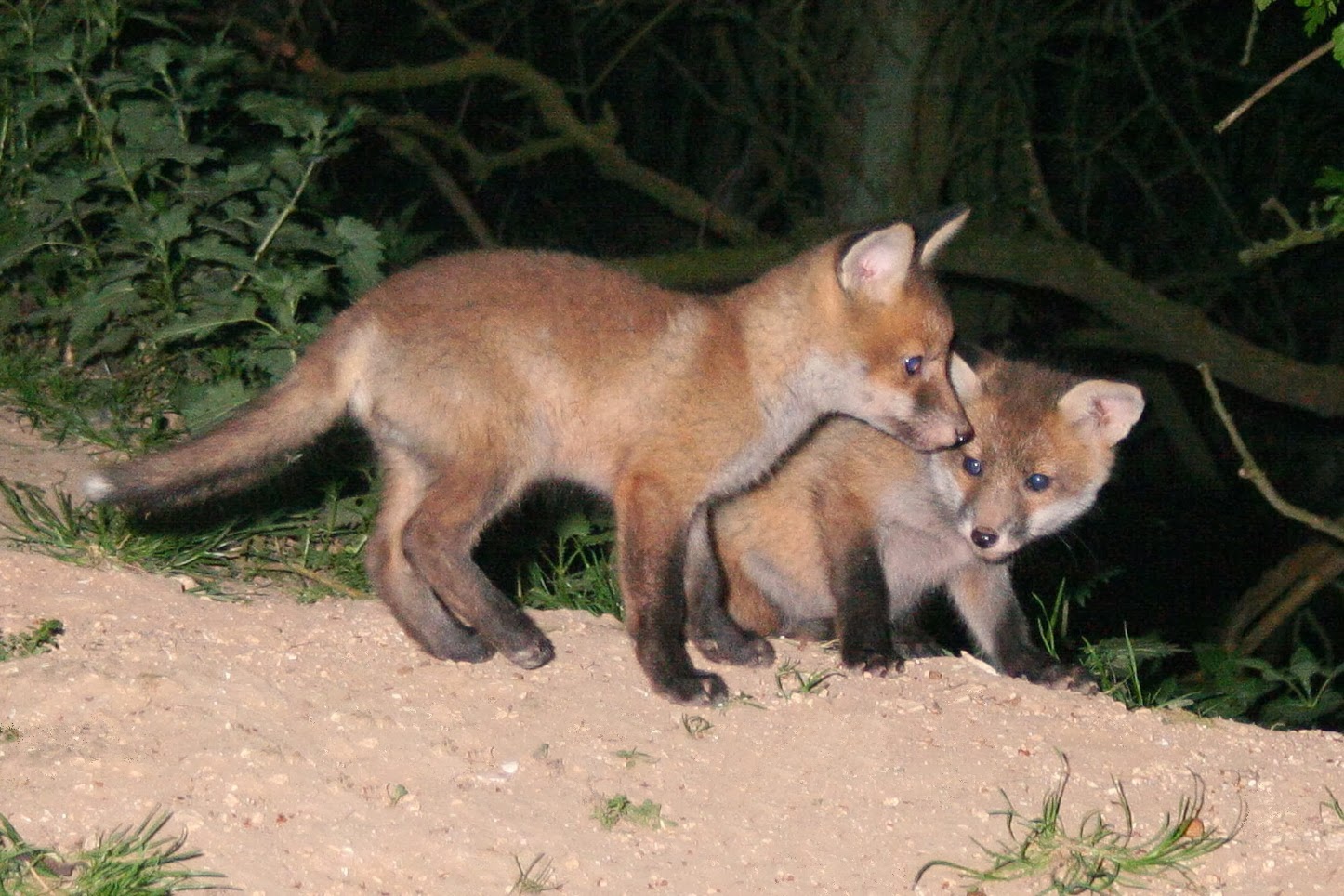After a wet start, the skies cleared and it was a lovely sunny winter’s day. I went to a YWT volunteer work day at a new nature reserve, near Driffield. It’s on the site of an abandoned fish farm, and not yet open to the public. The wildlife has already moved in, so it has the potential to be a fantastic reserve. We cut back a line of overgrown willows, along the side of a ditch – first with a chainsaw, then with bowsaws and loppers. By lunchtime we had a fire going well enough to cook baked potatoes. We didn’t burn all the wood though – two volunteers built an otter holt! The baked potatoes are on Regulo 7 Kevin and Meg build an otter holt In mid-afternoon, we stopped work and had a walk around the reserve. We saw mallards, teal, wigeon, greylag geese, mute swans, grey herons, cormorants and a barn owl. In the banks of many of the ditches, there are water vole holes. Otter tracks connect the waterways The paths are crossed by well-worn otter tracks, some w





